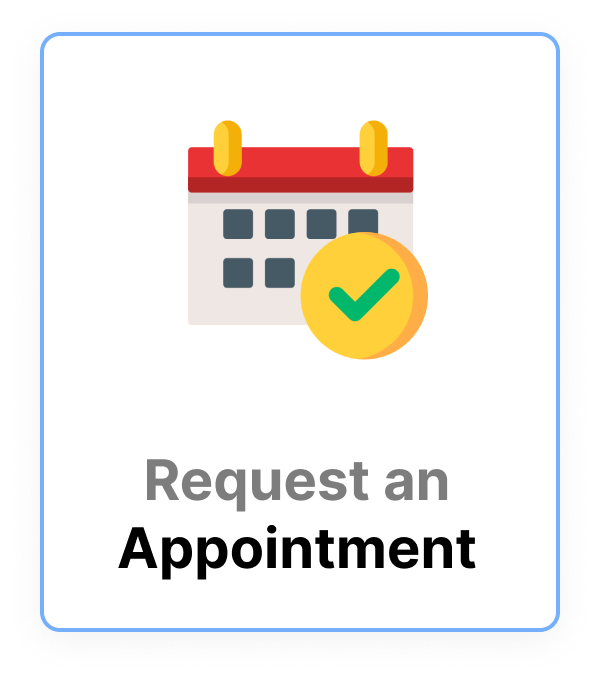Abdominal Aortic Aneurysm (AAA)
Abdominal Aortic Aneurysm Overview
The Abdominal Aortic Aneurysm, sometimes referred to as “triple A”, is when the lower aorta is swelling or becomes enlarged. The aorta is a major blood vessel that carries blood from the heart to the rest of the body. The swelling can become more prominent over time due to the weakening of the aortic wall, which can become life-threatening.
Early screening can help identify this condition before it is too late. The cardiovascular team at Suburban Surgery Center has the experience and expertise for diagnosing and treating complex aortic conditions.
What causes of abdominal aortic aneurysms?
Aneurysms happen when the artery wall becomes weakened and cause the arteries to swell or become excessively large. They can occur in any blood vessel and not just the abdominal aorta; however, it is one of the most common areas where the aortic aneurysm can occur. Here are some of the factors that increase the risk of aortic aneurysms:
- High blood pressure
- High Cholesterol
- Atherosclerosis (thickening or hardening of the arteries due to plaque buildup)
- Smoking
- Gender (more common in males)
- Genetics
- Diabetes
- Trauma
What are the symptoms of abdominal aortic aneurysms
Abdominal Aortic Aneurysms can sometimes not be obvious, so screening is crucial.
Individuals with AAA can exhibit the following:
- A heartbeat like sensation in the abdomen area
- Lingering abdomen pain
- Lingering back pain
When the abdominal aorta bursts, it can cause the following:
- Dizziness
- Passing out
- Shortness of breath
- Elevated heartbeat
- Severe pain in the abdomen or lower back
- Sweating
Call 911 immediately if you experience chest pains or symptoms similar to a burst aorta.
How are abdominal aortic aneurysms diagnosed?
Abdominal Aortic Aneurysms are most commonly diagnosed with ultrasound however, abdominal CT scans and MRIs may also be used to get more detailed images of the condition. It is essential to get screened, especially if you are in the high-risk category, such as males aged 65 – 75 who are smokers or have family history or aneurisms. Talk to your doctor to see if you are a candidate for a screening based on your risk factors. AAA screening can save your life.
Treatment options for abdominal aortic aneurysms?
There are a couple of treatment options depending on the size of the aneurysm. The objective is to prevent the aneurysm from rupturing. Frequent follow-ups and monitoring to see if the aneurysm is increasing in size. Medication can help control factors that put you at higher risks of AAA, such as high blood pressure or high cholesterol.
Surgical intervention may be required if the aneurism reaches a specific size or grows too quickly. The two common types of surgical procedures for AAA include:
- Endovascular surgery
- Open surgery
Each surgical procedure has its risks and benefits; it is best to talk to your doctor to see what treatment path is right for you.
How is the recovery after AAA surgery?
Recovery will vary based on the treatment plan. Some have reported doing many of their usual activities after 4 to 6 weeks and about 2 to 3 months fully recover. Note that no results are typical and your recovery can vary.





